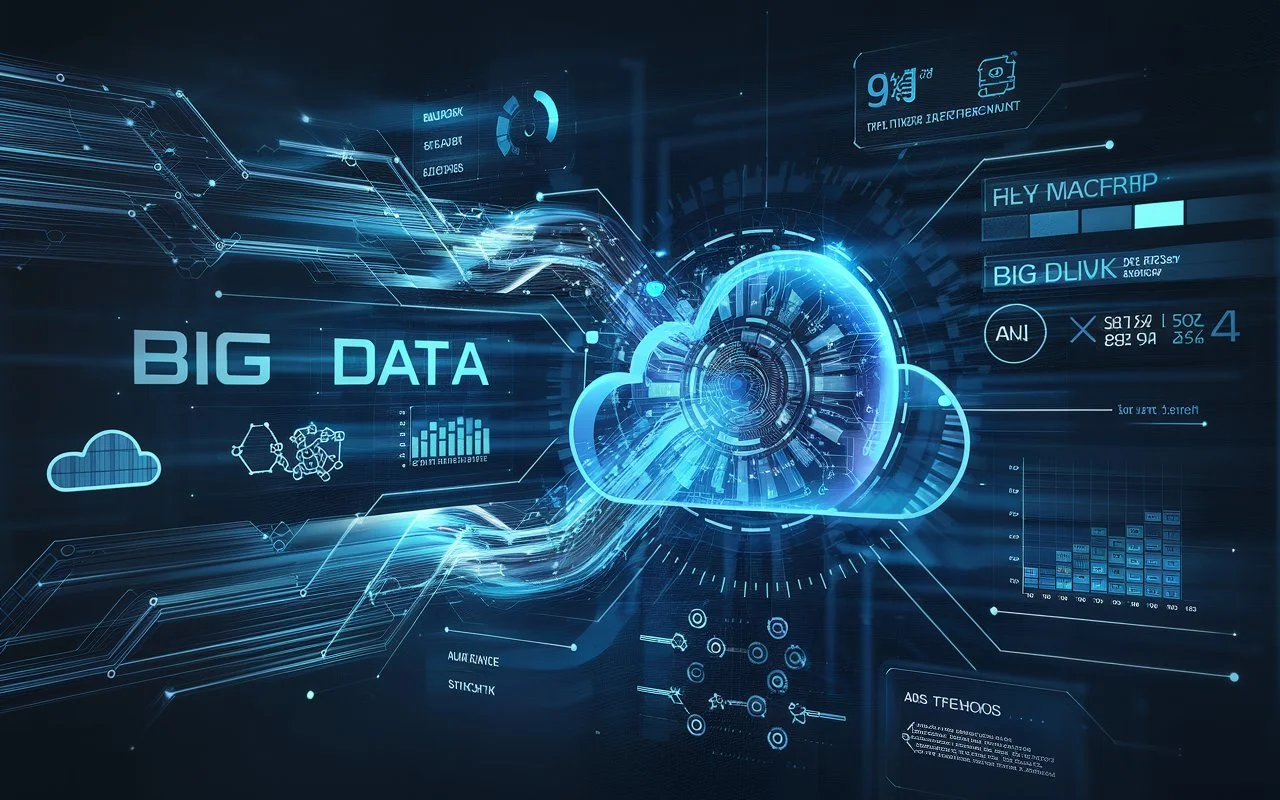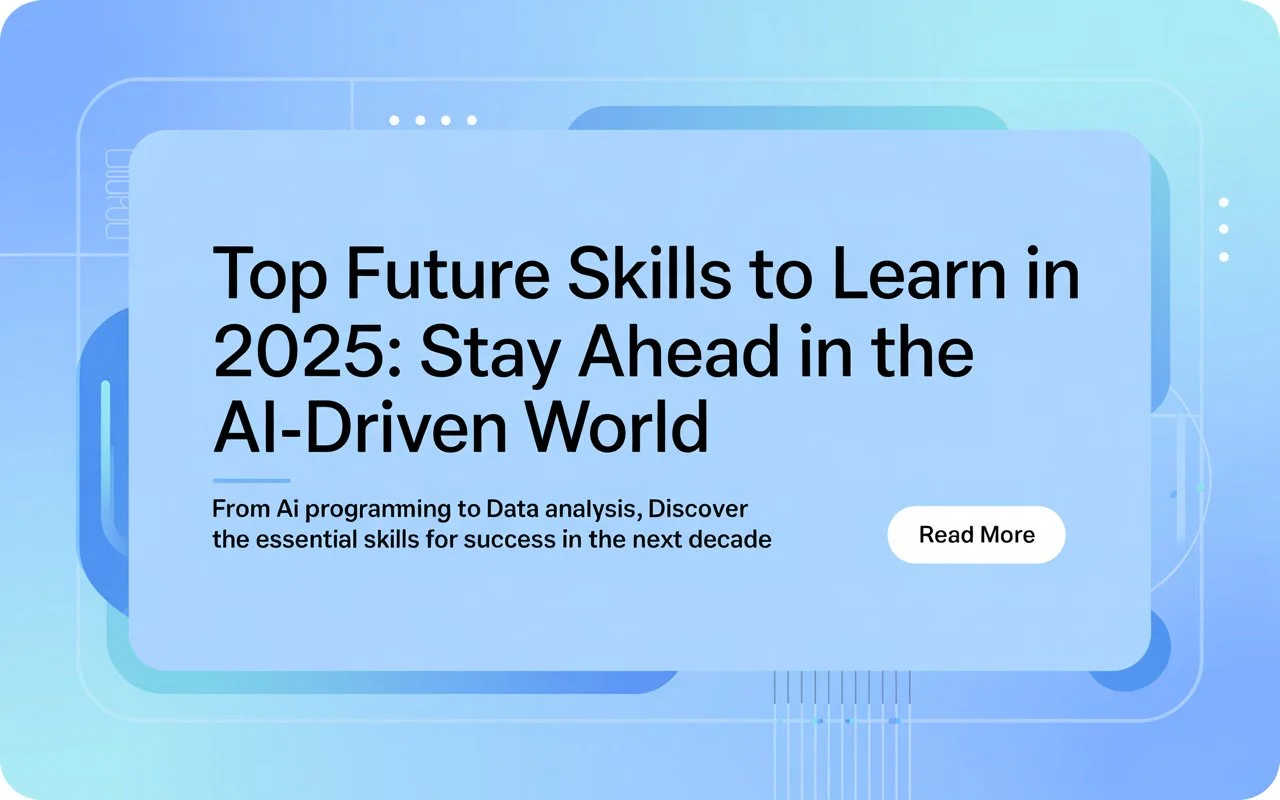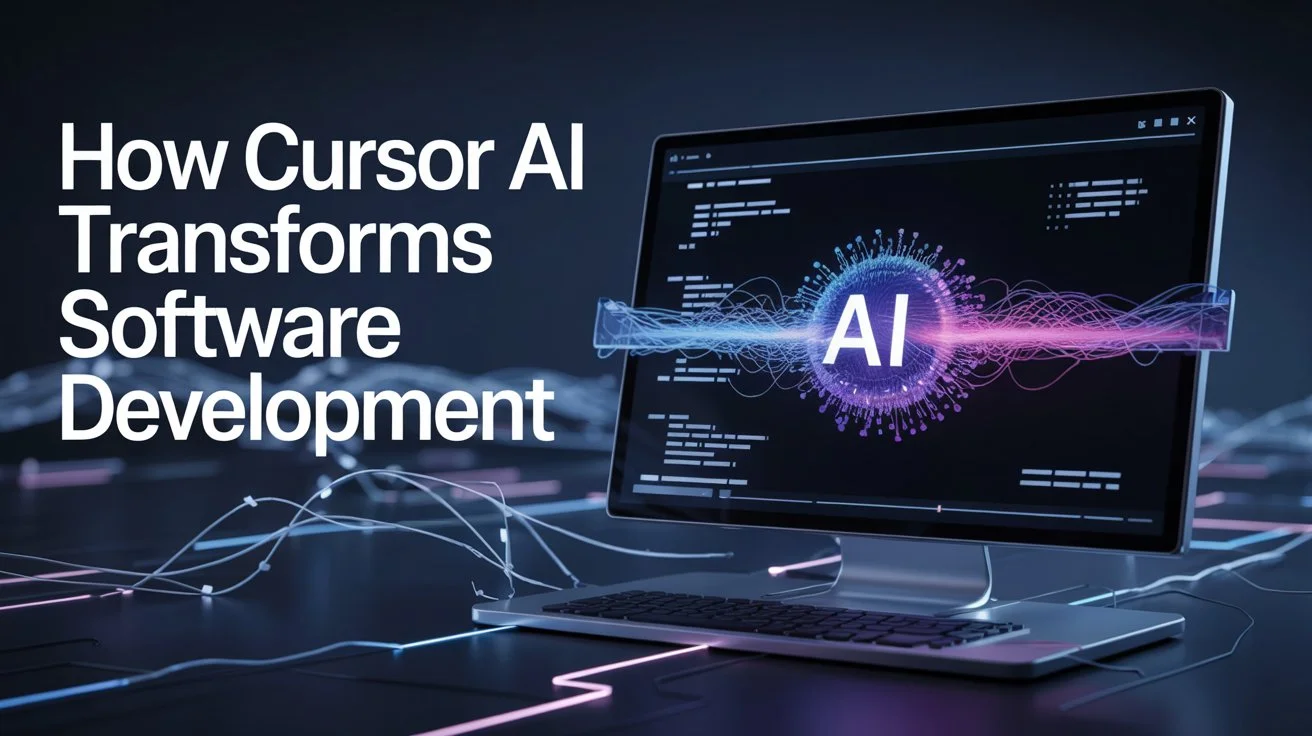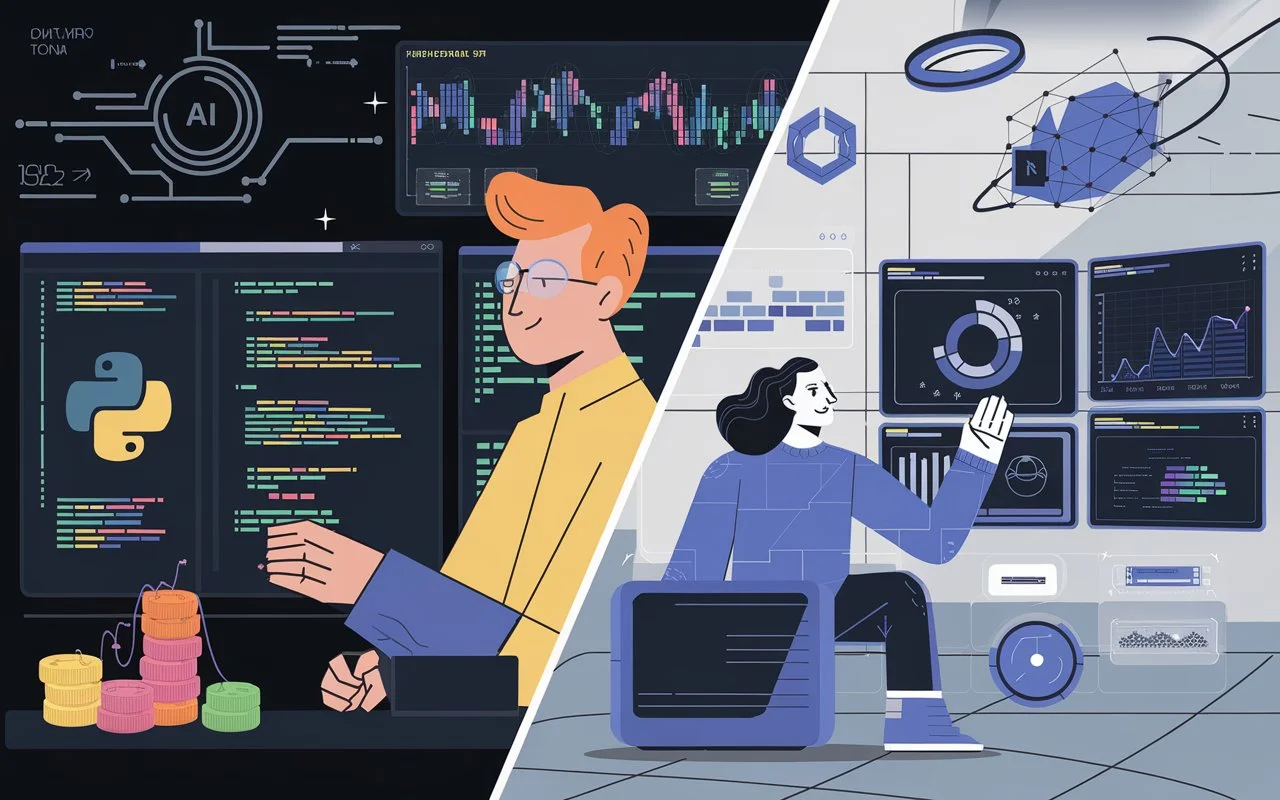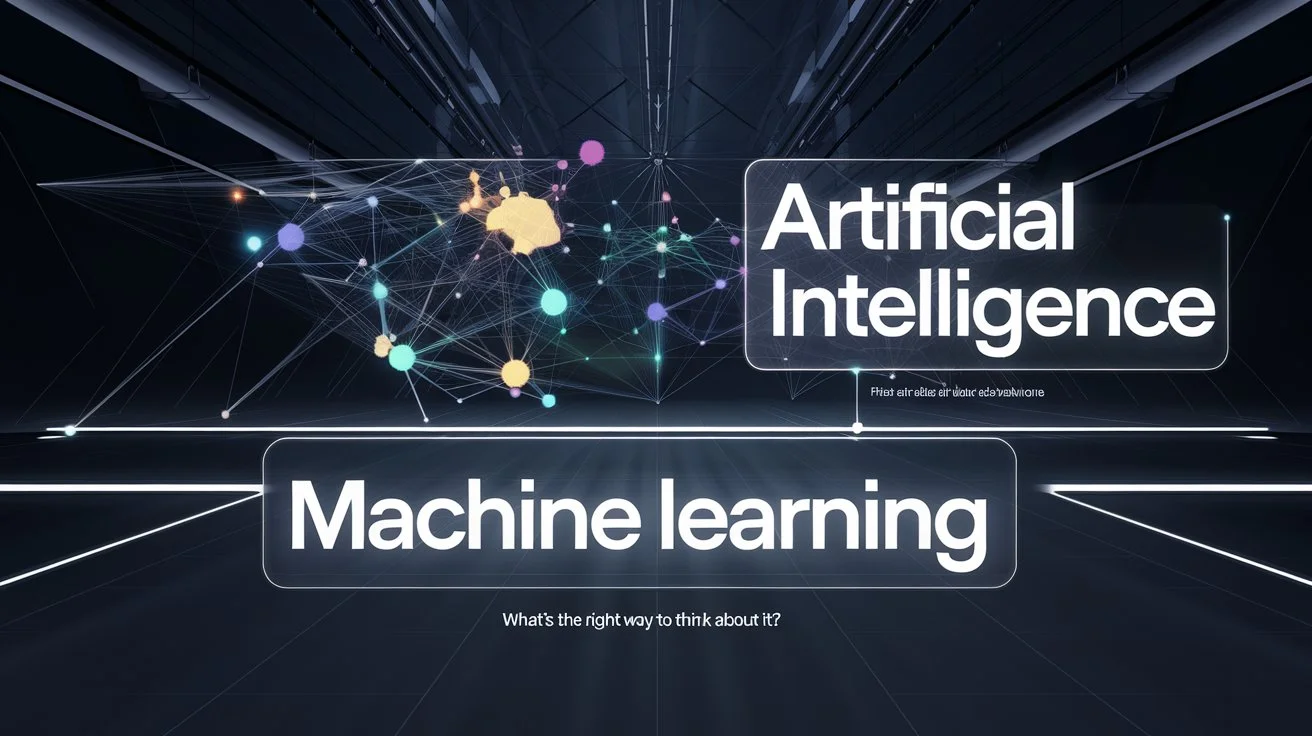
How to Become a Data Analyst in 2025
In today’s data-driven world, businesses rely heavily on data analysts to make smart, evidence-based decisions. From startups to large enterprises, every organisation is looking to extract insights from data to stay ahead of the competition. If you’re someone who enjoys working with numbers, solving problems, and discovering patterns, a career in data analytics might be just the right fit for you.
But where do you begin? What skills do you need to develop, and how long does it take to become job-ready?
This blog post is a comprehensive guide to help you understand the essential skills required to become a data analyst and offers a structured roadmap you can follow. If you dedicate 3 to 5 hours a day, you could be ready for an entry-level data analyst role in about 8 to 16 months.
1. Build a Strong Foundation in Mathematics and Statistics
The very core of data analysis lies in understanding numbers. Mathematics and statistics form the backbone of every decision-making model you’ll work with as a data analyst. Without this foundation, it’s difficult to interpret data correctly or draw accurate conclusions.
Focus Areas:
- Descriptive statistics: Mean, median, mode, range
- Standard deviation and variance
- Probability theory
- Distributions (normal, binomial, etc.)
- Hypothesis testing and confidence intervals
You don’t need to be a math genius, but a solid understanding of these basics will set you up for success. Online platforms like Khan Academy, Coursera, and YouTube are great for learning at your own pace.
🕒 Recommended Time: 1–2 months

2. Master Excel – The Classic Data Analysis Tool
Despite the rise of advanced tools and languages, Excel continues to be a staple in many organisations. It’s not just for creating tables or calculating sums—Excel can handle data manipulation, basic statistics, and even visualisations.
Key Skills to Learn:
- Formulas and functions (e.g., VLOOKUP, IF, INDEX-MATCH)
- Pivot tables for summarising large datasets
- Charts and conditional formatting for visualisation
- Data cleaning and filtering techniques
Excel is especially helpful during the early stages of a project when quick exploration is needed. It’s also widely used by managers and non-technical stakeholders, so knowing Excel helps you communicate more effectively across teams.
🕒 Recommended Time: 2–3 weeks
3. Learn SQL – Speak the Language of Databases
SQL (Structured Query Language) is essential for retrieving and manipulating data stored in databases. Almost every data analyst job listing mentions SQL as a required skill.
What You Should Learn:
- SELECT, WHERE, GROUP BY, ORDER BY
- JOINs (INNER, LEFT, RIGHT, FULL)
- Aggregation functions (COUNT, SUM, AVG)
- Subqueries and nested queries
Most real-world data lives in relational databases, and SQL helps you access that data efficiently. Practising SQL daily on platforms like LeetCode, HackerRank, or Mode Analytics will sharpen your skills.
🕒 Recommended Time: 1–2 months
4. Get Comfortable with Python
Python is a versatile and beginner-friendly programming language that has become the go-to for data analysis. It offers powerful libraries that simplify everything from data cleaning to visualisation and modelling.
Libraries to Focus On:
pandasfor data manipulationnumpyfor numerical operationsmatplotlibandseabornfor visualisation
While R is also a popular language for data analysis, it’s advisable to start with Python as it’s more versatile and widely used in the industry. Once you’re comfortable with Python, you can consider learning R later.
🕒 Recommended Time: 1–2 months
Also Read: How to Learn Coding in 2025 – Roadmap for Beginners to Advanced Developers
5. Learn Git for Version Control
Git is a tool that helps you track changes in your code and collaborate with others without overwriting each other’s work. It’s especially useful when you’re working on projects or contributing to open-source repositories.
Basics to Learn:
- Git init, add, commit, push, pull
- Branching and merging
- Using GitHub or GitLab for collaboration
You don’t need to become a Git expert. Just focus on the 20% of features you’ll use 80% of the time.
🕒 Recommended Time: 1–2 weeks
6. Data Collection and Cleaning
Before you can analyse data, you need to gather and prepare it. Real-world data is rarely clean—it comes with missing values, inconsistencies, and irrelevant fields.
Learn How To:
- Import data from CSV, Excel, APIs, or databases
- Handle missing or duplicate values
- Convert data types and normalise formats
- Combine datasets using joins or merges
Python’s pandas library is particularly useful for these tasks. Data preparation is often the most time-consuming part of the analysis process, so mastering it is critical.
🕒 Recommended Time: 1–2 months
7. Data Visualisation – Tell a Story With Data
Data visualisation allows you to present your findings in a clear, compelling way. Whether it’s for internal teams or client presentations, visualisation skills help translate complex data into actionable insights.
Tools and Libraries:
- Python:
matplotlib,seaborn,plotly - BI Tools: Tableau, Power BI
Tableau and Power BI are great for building interactive dashboards. Power BI, in particular, integrates well with Microsoft tools and is gaining popularity in enterprise settings.
🕒 Recommended Time: 1–2 months
8. Bonus: Basic Machine Learning
While machine learning is not mandatory for entry-level roles, having a basic understanding can give you an edge during interviews or internships.
Concepts to Explore:
- Supervised vs unsupervised learning
- Regression and classification
- Model evaluation (accuracy, precision, recall)
- Libraries:
scikit-learn,tensorflow
This knowledge can help you move into more advanced roles like data scientist or machine learning engineer in the future.
🕒 Recommended Time: 1–2 months
9. Bonus: Introduction to Big Data Tools
As you progress, you might encounter projects with massive datasets that require distributed computing. That’s where Big Data tools come into play.
Tools to Explore:
- Hadoop: For distributed storage and processing
- Apache Spark: For fast, in-memory data processing
You don’t need to master these tools early on, but having some familiarity can open up opportunities in data engineering or advanced analytics roles.
🕒 Recommended Time: 1–2 months
Your Learning Roadmap: A Recap
If you’re wondering how to fit all of this in, here’s a suggested breakdown:
| Skill | Duration |
|---|---|
| Maths & Statistics | 1–2 months |
| Excel | 2–3 weeks |
| SQL | 1–2 months |
| Python | 1–2 months |
| Git | 1–2 weeks |
| Data Cleaning & Prep | 1–2 months |
| Visualisation | 1–2 months |
| Machine Learning (Bonus) | 1–2 months |
| Big Data Tools (Bonus) | 1–2 months |
If you put in 3 to 5 hours daily, you can become job-ready in roughly 8 to 16 months.
Also Read: How Ravi Transformed His Career and Became a High-Paying Data Analyst
Final Thoughts
Becoming a data analyst is a journey that combines technical knowledge, problem-solving ability, and a strong desire to learn. It might seem overwhelming at first, but with consistent effort and the right resources, it is absolutely achievable. Stay curious, keep practising, and you’ll be well on your way to launching a successful career in data analytics!
Did this article help you? Have any questions?
Drop a comment below or reach out—we’d love to hear from you. And if you’re serious about becoming a data analyst, don’t forget to bookmark this guide and share it with others who might find it useful.
